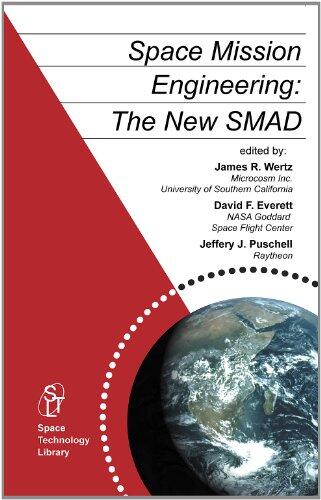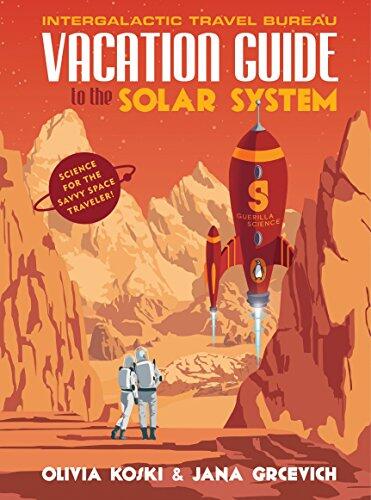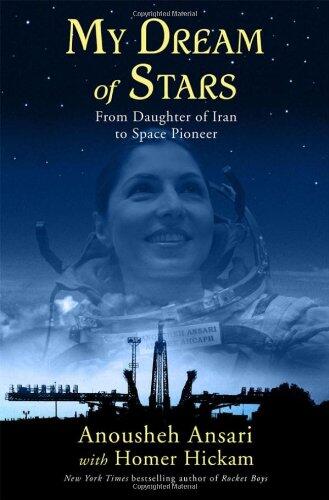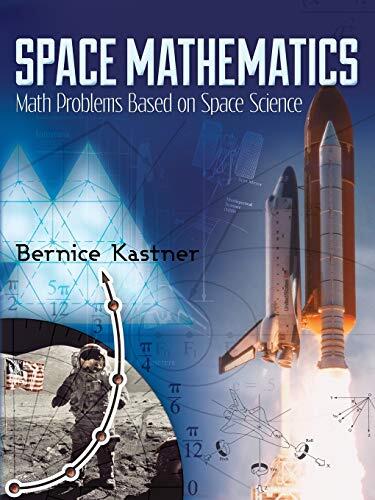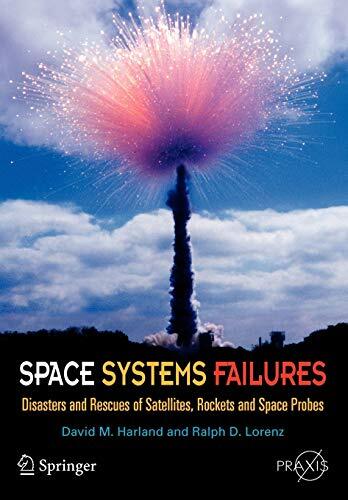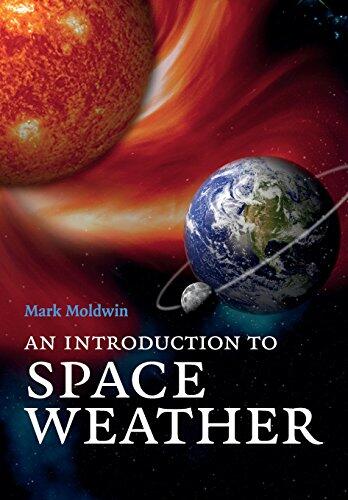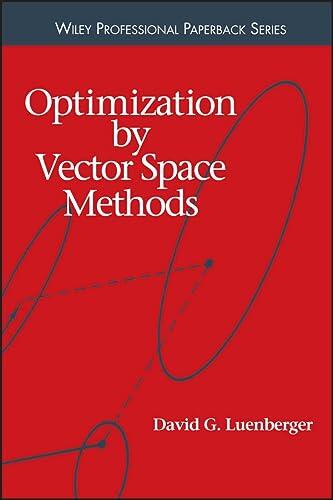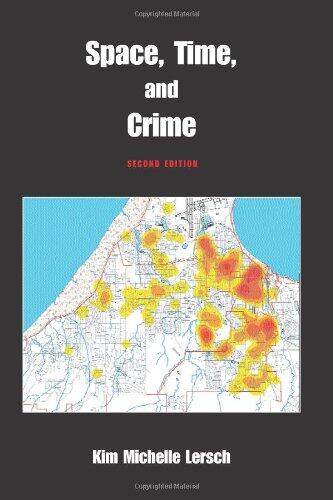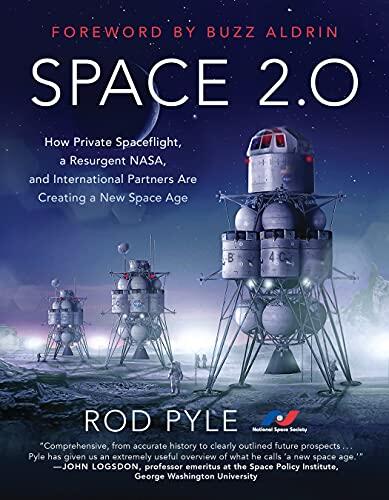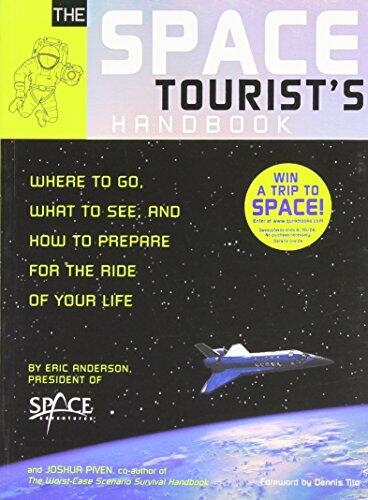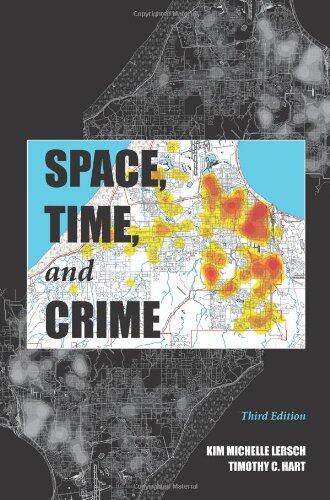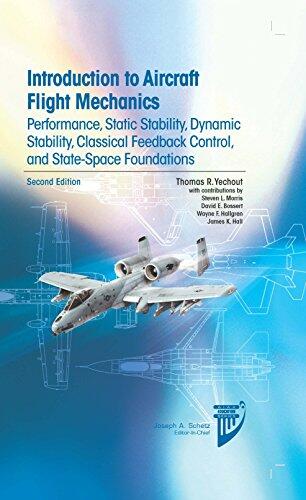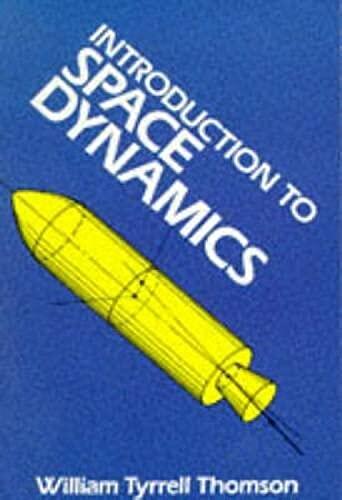
Introduction to Space Dynamics
بواسطة
William Tyrrell Thomson
لا توجد تقييمات بعد
Science & Technology
تنسيق
غلاف ورقي
صفحات
352
لغة
الإنجليزية
منشور
Jun 1, 1986
الناشر
Dover Publications
الطبعة
Revised ed.
رقم ISBN-10
0486651134
رقم ISBN-13
9780486651132
الوصف
In the realm of aerospace engineering, few topics capture the imagination quite like space dynamics. This volume delves into the intricate principles governing the movement and control of spacecraft, providing a well-rounded foundation for those eager to explore the cosmos. William Tyrrell Thomson, an esteemed author in the field, meticulously walks readers through the essential concepts and applications, ensuring a robust understanding for both advanced undergraduates and graduate students.
Thomson's approach combines theoretical frameworks with practical insights, allowing readers to grasp complex ideas in a digestible manner. The text's comprehensive coverage equips aspiring engineers with the tools needed to analyze and design space missions. Each chapter builds on preceding knowledge, cultivating a logical progression that enhances learning and retention.
The book not only emphasizes the mathematics behind space dynamics but also showcases real-world applications, immersing students in contemporary challenges faced in aerospace exploration. Through engaging examples and thought-provoking exercises, readers are encouraged to think critically about the forces at play in the vast expanse of space.
As students journey through the pages, they gain the confidence to tackle advanced topics, preparing them for innovative contributions to the field of space flight engineering. In this classic guide, Thomson offers a valuable resource that inspires curiosity and paves the way for future discoveries among those captivated by the final frontier.
Thomson's approach combines theoretical frameworks with practical insights, allowing readers to grasp complex ideas in a digestible manner. The text's comprehensive coverage equips aspiring engineers with the tools needed to analyze and design space missions. Each chapter builds on preceding knowledge, cultivating a logical progression that enhances learning and retention.
The book not only emphasizes the mathematics behind space dynamics but also showcases real-world applications, immersing students in contemporary challenges faced in aerospace exploration. Through engaging examples and thought-provoking exercises, readers are encouraged to think critically about the forces at play in the vast expanse of space.
As students journey through the pages, they gain the confidence to tackle advanced topics, preparing them for innovative contributions to the field of space flight engineering. In this classic guide, Thomson offers a valuable resource that inspires curiosity and paves the way for future discoveries among those captivated by the final frontier.


